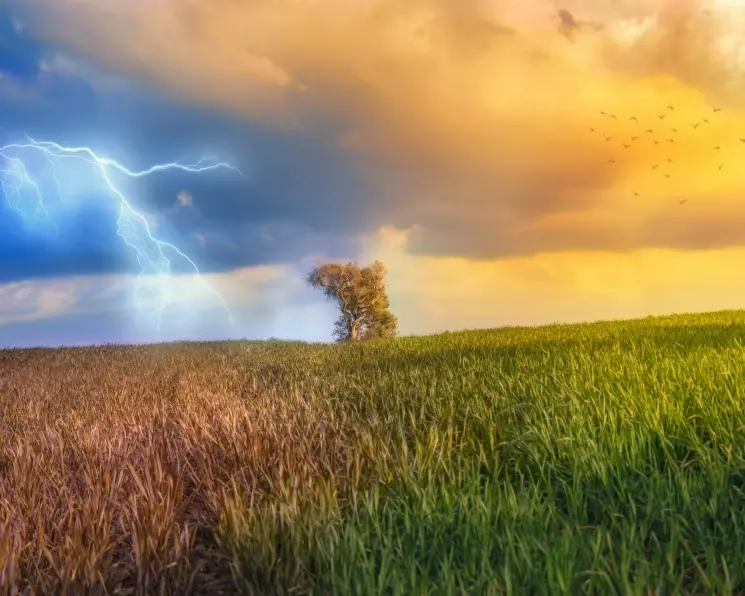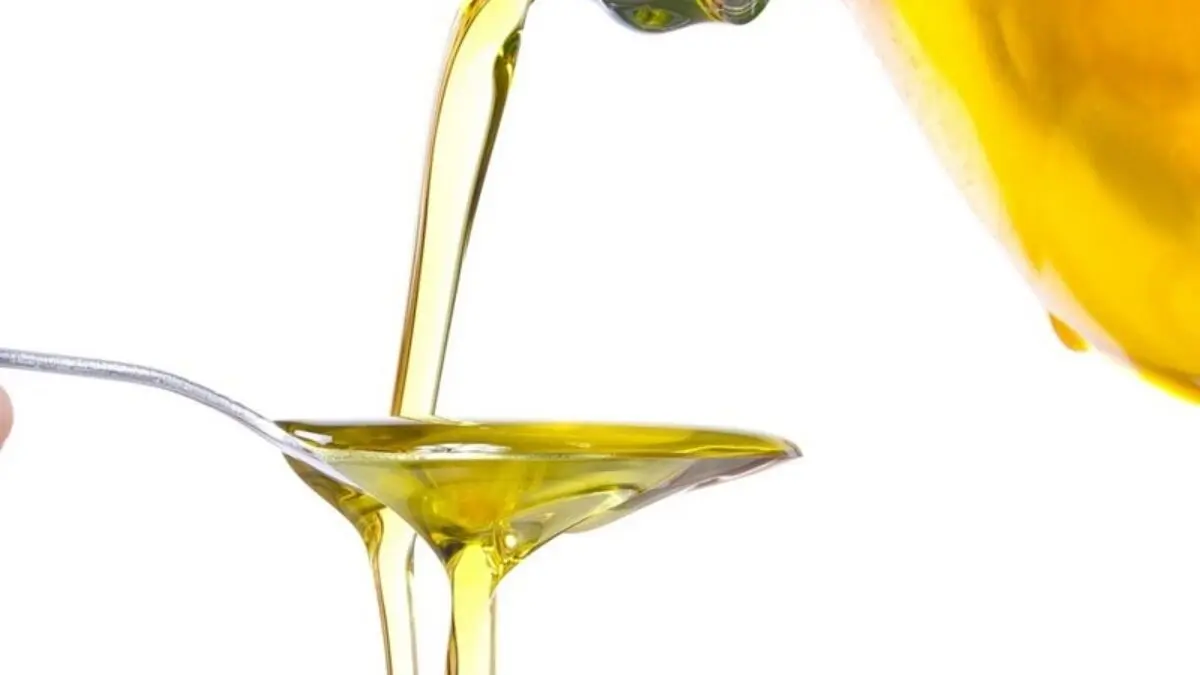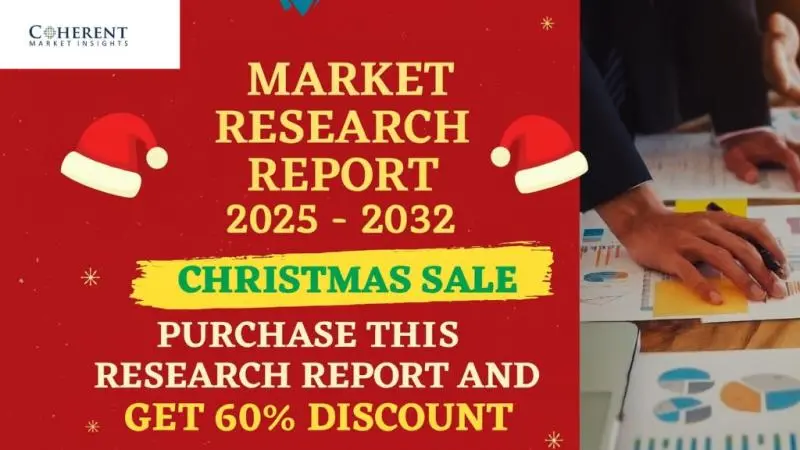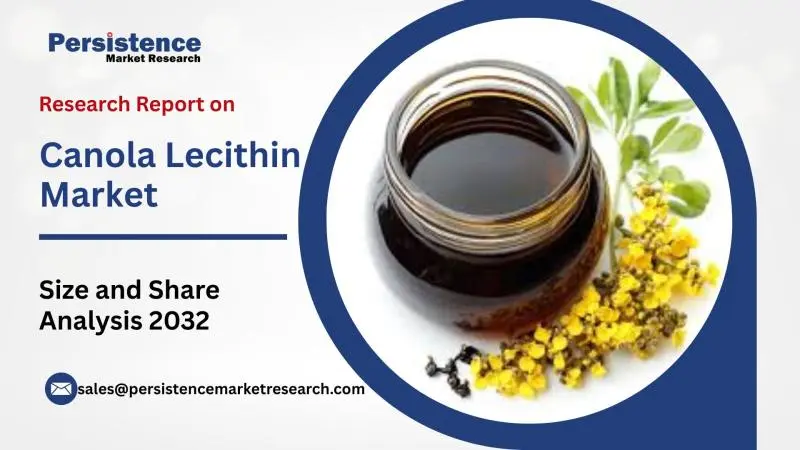A cargo ship loaded with 65,000 tons of Argentine wheat departed on Saturday from the Port of Timbues in Santa Fe Province, Argentina en route to China, marking the first commercial wheat export from Argentina to China since Argentina obtained Chinese authorization for wheat shipments in January 2024, the Xinhua News Agency reported on Sunday.
A Chinese analyst said that the shipment was emblematic of a broader expansion in agricultural cooperation between China and Latin America. Zhou Zhiwei, an expert on Latin American studies at the Chinese Academy of Social Sciences, told the Global Times on Sunday that agricultural collaboration is one of the main pillars of China-South America engagement and is largely market-driven by the factors of supply and demand. He noted that wheat is one of Argentina's major crops, with high production capacity, and access to the Chinese market can promote local economic development.
The shipment is being operated by Chinese state-owned agribusiness COFCO International. The cargo will be used by the milling industry, the company said.
Minister of Productive Development of Santa Fe Province Gustavo Puccini said that the voyage is a "key milestone" in bilateral economic relations. This is not just a vessel sailing to China. It reflects efficient coordination between our teams and will further bring the two countries closer, he said.
Governor of Santa Fe Province Maximiliano Pullaro emphasized the strong economic complementarity between Argentina and China, saying that deeper trade ties can drive economic growth and create jobs, Xinhua reported.


Winter crop planting in the Northern Hemisphere has been completed in favorable weather conditions, so the focus will be on wintering conditions and rainfall. Soybean and corn plantings have been completed in South America, and traders are now monitoring rainfall on crops, which will affect crop formation.
Several fronts have passed through the Midwest and Plains of the United States this week, bringing cooling temperatures, snowfall and showers with gusts of Arctic air, raising concerns about the condition of crops that are not sufficiently covered by a layer of snow.
Fronts are moving towards Canada, where temperatures are expected to rise above freezing next week and additional precipitation is expected to replenish moisture reserves in winter crops.
Heavy rainfall in India has allowed a sharp increase in the area sown with winter crops, which creates good potential for a new harvest of wheat and other crops.
Despite prolonged rains in October that delayed the start of winter wheat sowing, sowing of winter wheat in most major growing regions in China is almost complete. Soil moisture remains sufficient and current weather conditions are conducive to crop development.
In central Brazil (the main soybean and corn growing region), there is a significant improvement in soil moisture thanks to the heavy rains that have occurred this week (50-70mm), which is helping the soybean crop to develop. A new wave of rains is expected next week, although of lower intensity. Another front will bring heavy showers to the south-central regions already this weekend and early next week.
Turkey faces a sharply reduced olive oil campaign, with production expected to fall well below last year’s record volume of 475,000 tonnes, Olive Oil Times wrote.
According to estimates, the country will produce 310,000 tonnes of olive oil in 2025/2026, with concerns about rising costs and financial pressures impacting the sector.
Growers and officials quoted in the 1 December report said the expected decline was due to the trees’ natural biennial cycle and unusually harsh weather during flowering, which had damaged fruit set across major producing regions.
Producers across Turkey had also reported low yields, with weather conditions and unfavourable exchange rates contributing to the challenges facing the industry, Olive Oil Times wrote.
“The 2025/26 National Olive and Olive Oil Harvest Forecast and Assessment Committee has determined that Turkey will produce 310,000 tonnes of olive oil and 740,000 tonnes of table olives in the 2025/2026 production season,” Mustafa Tan, chairman of the Turkish National Olive and Olive Oil Council (UZZK) was quoted as saying.
“As in all countries, these estimates may be revised as the harvest progresses and concludes.”
Tan noted that early-season damage from cold weather and drought conditions had started to ease after consistent rainfall in October.
He expected yields to improve as the harvest progressed. Factoring in remaining stocks and projected output, he estimated that more than 500,000 tonnes of olive oil would be available to Turkish producers and exporters by the end of the season.
However, he acknowledged that rising costs and financial pressures continued to impact the sector.
“As in every country, increasing production costs and financial difficulties are negatively affecting producers, industrialists and exporters,” he said.


In the December world oilseed balance for 2025/26 MY, FAS USDA experts increased the forecast for world oilseed production by 2.25 million tons compared to November estimates to 690.26 million tons (684.5 million tons in 2024/25 MY and 657.4 million tons in 2023/24 MY) due to increased rapeseed and peanut yields, which more than compensates for the decrease in sunflower production.
The forecast for global rapeseed production has been increased by 3 million tonnes due to increased production in Canada and Australia, peanut production will increase by 1.1 million tonnes due to an increase in the harvest in Nigeria, and the forecast for global soybean production has been increased by 0.79 million tonnes, which compensates for the decrease in global sunflower production by 2.49 million tonnes due to a reduction in the harvest in Ukraine and the Russian Federation.
The forecast for world ending stocks of oilseeds has been increased by 1.34 million tons to 143.6 (141.6) million tons due to a decrease in processing and export volumes.
The forecast for global rapeseed production in the 2025/26 MY has been increased by 3 million tons to 95.273 (86) million tons, in particular for Canada - by 2 million tons to 22 (19.24) million tons, Australia - by 0.5 to 7.2 (6.4) million tons, and the Russian Federation - by 0.5 to 6 (4.65) million tons.
The forecast for rapeseed imports for the EU has been increased by 0.2 million tons to 5.7 (7.96) million tons against the backdrop of increasing supply on the world market.
January canola futures after the release of the StatCan report decreased by 4% since the beginning of December to 620 CAD/t or 448 $/t (-4% for the month), and February rapeseed futures in Paris yesterday fell by 1% to 471.75 €/t or 548.7 $/t (-1.7% for the month) under pressure from increasing supply.
Worldwide olive oil production reached a record level of 3.5M tonnes in 2024/25, Olive Oil Times wrote, citing a new study.
While still provisional, the figure would be higher than the previous record set in 2021/22, when output totalled 3.415M tonnes, the 26 November report said.
The estimate was also well above the five-year average of 3M tonnes and almost 36% higher than the reduced output seen in 2023/2024.
Published by Spain’s Agrobank in collaboration with the Olive Oil World Congress (OOWC) citing European Commission (EC) data, the study also confirmed the steady expansion of olive oil production outside the EU.
In 2024/2025, non-EU producers accounted for 40% of global output. This compared to a share of 33% in 2021/22, according to International Olive Council (IOC) data.
The Agrobank/OOWC study said that 58 countries across five continents produced olive oil, including newer entrants such as El Salvador, Ethiopia, Kuwait, Uzbekistan, Azerbaijan and North Macedonia.
The research team also highlighted a rise in olive oil consumption in non-producing countries, which now accounted for approximately 30% of global demand at the time of the report.
Olive oil in these markets typically sells at higher prices and is often positioned in premium segments, according to the report.
Across the Mediterranean, almost 90% of olive oil sales moved through large retailers, with 60%-70% sold under private-label brands, Olive Oil Times wrote.
The report estimated that 5% of Mediterranean sales fell into the higher quality segment, a share that had stabilised and was growing slightly each year, forming a niche for specialist producers.


According to trade and industry sources, India’s total edible oil imports likely fell to a seven-month low due to lower imports of soybean and sunflower oils.
Leading market participants surveyed by Informist estimate that edible oil imports in November will amount to 1.12-1.17 million tonnes, down 25-28% from a year earlier.
According to the Edible Oils Association of India (SEA), the country imported 1.3 million tonnes of oils in October. Total vegetable oil imports in 2024/25 totaled 16.4 million tonnes, up from 16.2 million tonnes a year earlier.
A decline in oil imports, primarily soybean, rapeseed, and sunflower, led to an overall decline in edible oil supplies in November, although palm oil imports increased compared to the previous month, according to market participants. It was previously reported that India is favoring palm oil over other oils amid low prices.
Soybean and sunflower oil prices are significantly higher than palm oil, which is why palm oil imports were higher in November. Sunflower harvests in Ukraine and Russia will be lower this year, which will support sunflower oil prices, said Rahul Chauhan, Director of IGrain India Pvt. Ltd.
Despite the short-term increase in tropical oil purchases, year-on-year, “India’s palm oil imports in November are estimated to have fallen by almost 26% year-on-year to 624,000 tonnes, as palm oil was more expensive than its alternative, soybean oil, earlier this year,” said Sandeep Bajoria, CEO of Sunvin Group.
It was previously reported that India’s palm oil imports in November rose to 630,000 tonnes, up 4.6% from October. Meanwhile, soybean oil imports fell by 12% to 400,000 tons, while sunflower oil imports fell by 44%, reaching a two-year low of 145,000 tons.
The latest study by Coherent Market Insights, titled "Lecithin and Phospholipids Market Size, Share & Trends Forecast 2025-2032," offers an in-depth analysis of the global and regional dynamics shaping this rapidly evolving industry. This comprehensive report highlights the competitive landscape, key market segments, value chain analysis, and emerging technological and regulatory trends expected between 2025 and 2032. The report provides actionable insights for business leaders, policymakers, investors, and new market entrants seeking to understand growth opportunities and mitigate risks. It explores strategic frameworks that help organizations leverage market opportunities, adapt to disruptions, and build long-term competitive advantages.
With a focus on innovation, scalability, and future readiness, this report equips decision-makers with actionable insights, rich visuals, and verified data-driven strategies. As global demand surges, the Lecithin and Phospholipids Market is witnessing transformative growth across applications, geographies, and verticals.
➤ Report Overview:
- Market Size Value (US$ Mn): 2020-2032
- CAGR & Year-over-Year Growth: 2025-2032
- Historical Data: 2020-2023
- Base Year: 2024
- Forecast Period: 2025-2032


The global canola lecithin market is gaining strong momentum as food, pharmaceutical, and nutraceutical industries increasingly shift toward natural and plant-based ingredients. Once considered a niche alternative to soy and egg lecithin, canola lecithin is now emerging as a preferred solution for manufacturers seeking clean-label, allergen-free, and vegan-friendly product formulations.
This market expansion reflects broader consumer trends that prioritize health, transparency in labeling, and sustainability in food and personal care products.
Understanding Canola Lecithin and Its Functional Advantages
Canola lecithin is a naturally derived phospholipid obtained from canola oil processing. It functions as a powerful emulsifier, stabilizer, dispersant, and antioxidant, helping to improve texture, consistency, and shelf stability in a wide range of products. Compared with traditional soy or egg-based lecithin, canola lecithin offers a neutral taste and color, making it highly adaptable in diverse formulations.
Its plant-based origin and non-allergenic nature have further increased its popularity, particularly in markets where consumers actively seek vegan, allergen-free, and non-GMO foods.
In addition to food applications, canola lecithin is widely used as a functional component that supports better blending of ingredients, improved moisture retention, and enhanced product quality.